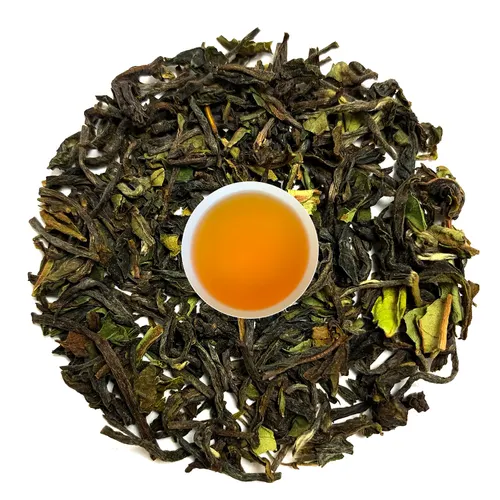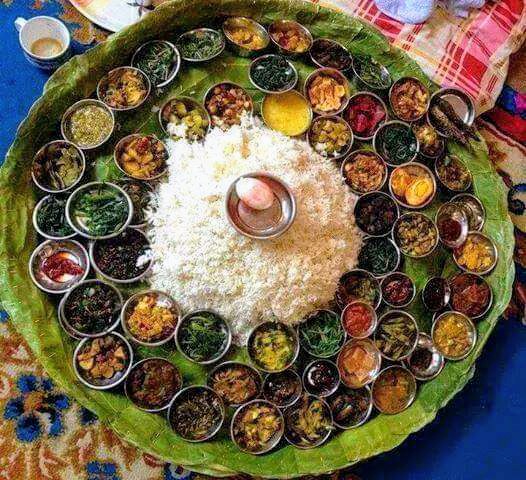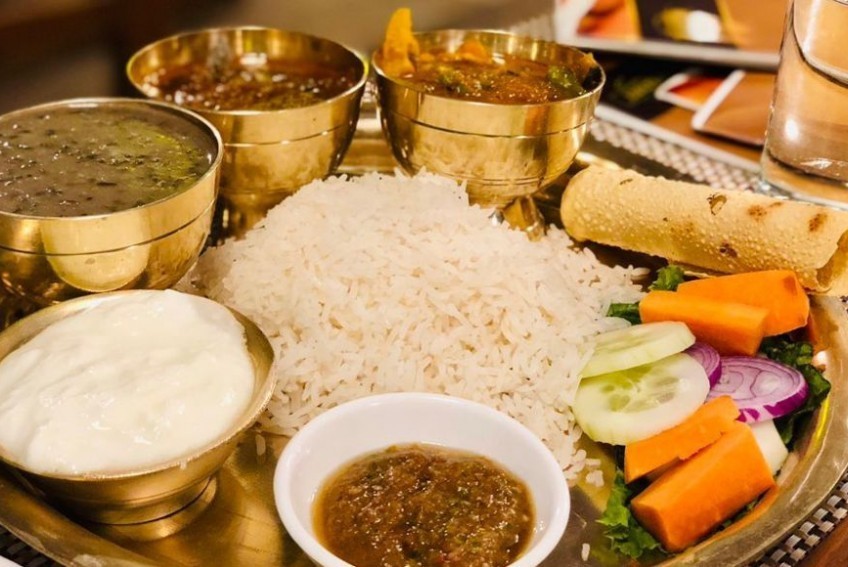Share this Article

Introduction
Tea farming is a significant agricultural activity in Nepal, particularly in the eastern regions, where it has become a vital source of income and employment for many households. The Jhapa district stands out as a leading area for tea production, contributing substantially to the country's economy. This article explores the economic dynamics of tea farming in Jhapa, focusing on production practices, costs, revenues, and the overall impact on farmers' livelihoods.
Importance of Tea Farming
Tea is one of Nepal's most valuable exports, occupying approximately 16,920 hectares of land and accounting for 0.1% of the national GDP. The cultivation of tea not only enhances the livelihoods of farmers but also promotes rural development and economic stability. The sector employs around 70,000 individuals, primarily rural women, who play a crucial role in the production and processing of tea.
Overview of Tea Cultivation in Jhapa
Historical Context
Tea cultivation in Nepal began in the mid-19th century, with the first plantation established in Ilam in 1863. The commercial tea industry took root in Jhapa with the establishment of the Budhkaran Tea Estate and the first processing factory in 1978. The government recognized the potential of tea farming and designated five districts, including Jhapa, as tea zones in 1982.
Current Status
As of the fiscal year 2020/21, Jhapa district produced approximately 23,745.901 tons of tea, with a significant portion exported to international markets. The tea produced in Nepal consists mainly of two varieties: Camellia sinensis var. assamica and Camellia sinensis var. sinensis. The former is primarily grown in the Terai region, while the latter thrives in the hilly areas.
Economic Analysis of Tea Farming
Methodology
The economic analysis of tea farming in Jhapa was conducted through a survey of 60 smallholder farmers in the Bhadrapur, Haldibari, and Kachankawal areas. Data were collected on production practices, costs, and revenues, using structured questionnaires and interviews with local stakeholders.
Production Practices
Farmers in Jhapa typically cultivate tea on small plots, averaging 0.53 hectares per household. The average productivity is approximately 23.05 tons per hectare, with a 5% loss accounted for during harvesting. The primary variety grown is ‘Tinali,’ which requires specific inputs, including fertilizers, pesticides, and fungicides.
The labor force is critical in tea farming, with workers hired for various tasks throughout the year. The peak harvesting period spans from April to November, during which tea leaves are collected 15-18 times. Labor costs range from Rs. 200 to Rs. 400 per day, depending on the task and the worker's experience.
Cost Structure
The average production cost per hectare is Rs. 244,743.82, translating to Rs. 10.23 per kg of tea leaves. The cost breakdown includes:
- Input Costs: 52%
- Labor Costs: 21%
- Marketing Costs: 19%
- Irrigation Costs: 8%
The marketing cost averages Rs. 2.5 per kg, which varies based on the distance to processing facilities. The average distance for tea farmers to transport their produce is about 17-20 km.
Revenue Generation
The average gross revenue from tea farming in Jhapa is Rs. 232,174.07 per household, with an average selling price of Rs. 19.46 per kg. The gross margin per kg is Rs. 6.73, indicating a healthy profit margin for farmers. The benefit-cost (B/C) ratio stands at 1.86, suggesting that for every rupee invested, farmers earn Rs. 1.86 in returns.
SWOT Analysis of Tea Farming in Jhapa
Strengths
- Favorable Soil Conditions: The region's soil is well-suited for tea cultivation, with an importance index of 0.85.
- Climate: The warm and humid climate supports optimal growth conditions for tea.
- Potential for Organic Certification: There is an opportunity for farmers to produce high-quality organic tea, enhancing marketability.
Weaknesses
- Access to Subsidies: Farmers face challenges in obtaining financial support, with an index of 0.88 indicating significant barriers.
- Traditional Practices: Many farmers rely on outdated farming techniques, which limit productivity and efficiency.
- Market Information: Poor access to market data hampers farmers' ability to make informed decisions.
Opportunities
- Financial Aid: Increased financial support can empower farmers and improve production practices.
- Agroforestry Practices: There is potential for sustainable practices that integrate tea farming with forestry.
- Export Market Expansion: The growing demand for Nepali tea in international markets presents significant opportunities for growth.
Threats
- Competition from Private Estates: Large tea estates pose a competitive threat to smallholder farmers, impacting their market share.
- Reliance on Indian Markets: Heavy dependence on Indian markets for sales exposes farmers to external economic fluctuations.
- Quality Issues: Poor quality and standardization can lead to loss of market access and reduced profits.
Conclusion
The economic analysis of tea farming in Jhapa district reveals a promising sector with significant potential for growth and sustainability. Despite challenges related to subsidies, traditional practices, and market competition, the favorable soil and climate conditions, along with opportunities for organic certification and export expansion, position tea farming as a vital contributor to the local and national economy.
The B/C ratio of 1.86 indicates that tea farming remains a profitable venture for smallholder farmers. By addressing weaknesses and leveraging opportunities, stakeholders can enhance the productivity and profitability of tea farming in Jhapa, ultimately improving the livelihoods of many rural families while contributing to Nepal's economic development. Continued support from government and agricultural institutions will be essential in fostering a more resilient and competitive tea industry in the region.
Categories:
Food & Drink
Tags:
TeaFarmingNepal
,
JhapaAgriculture
,
NepalTeaEconomy
,
GreenTeaNepal







